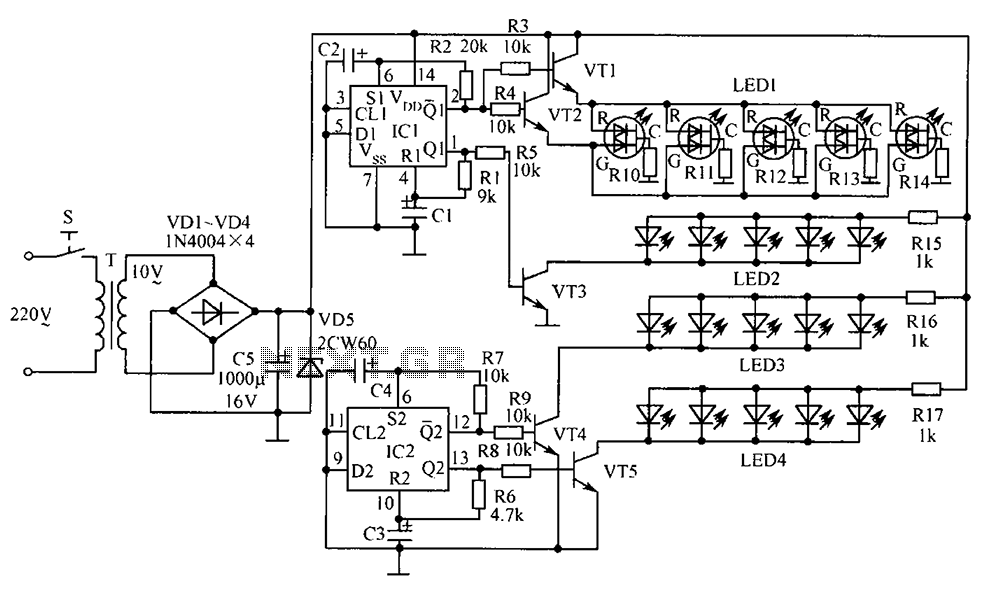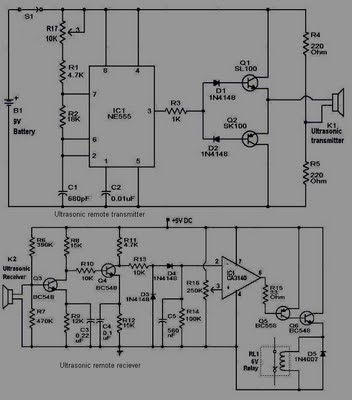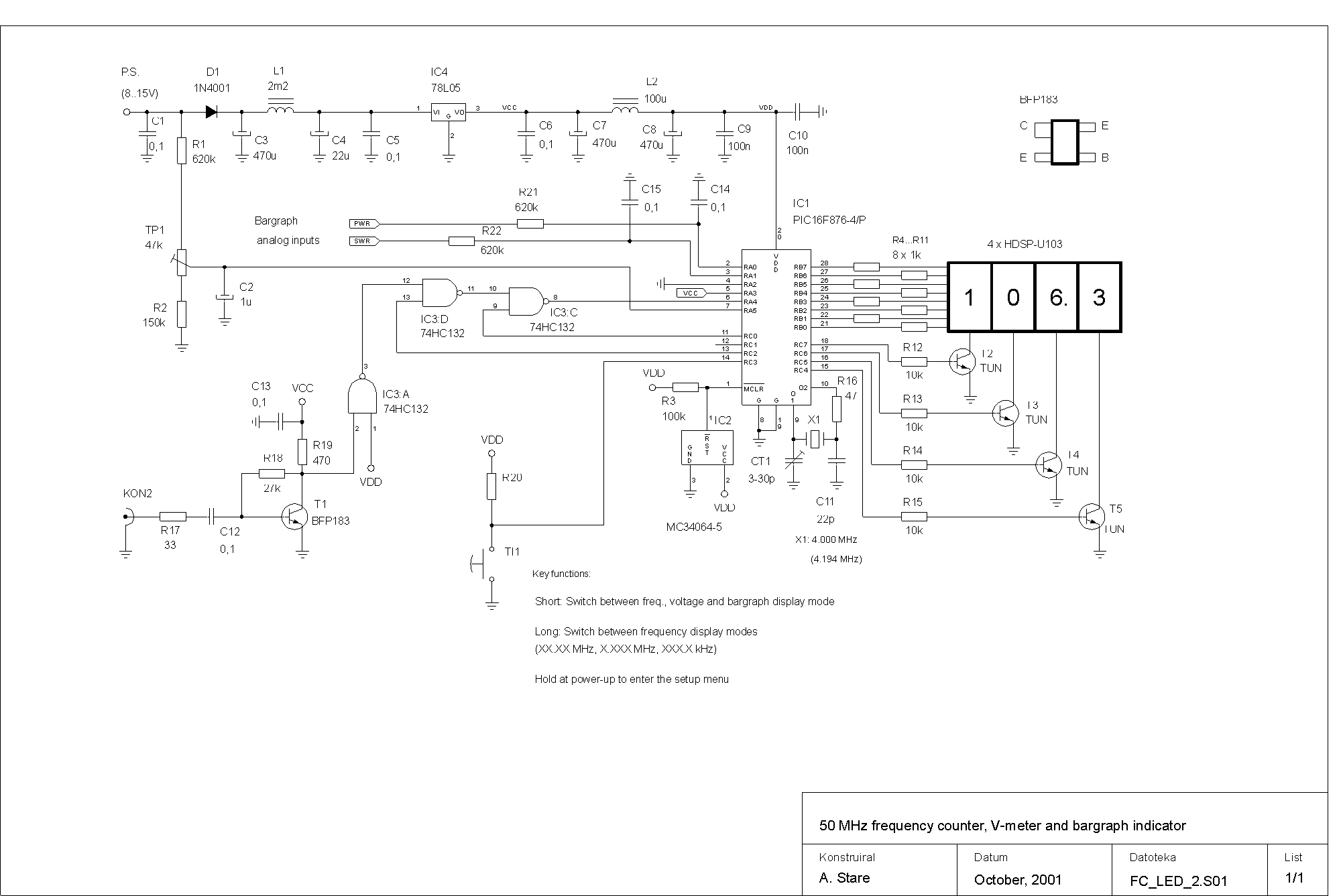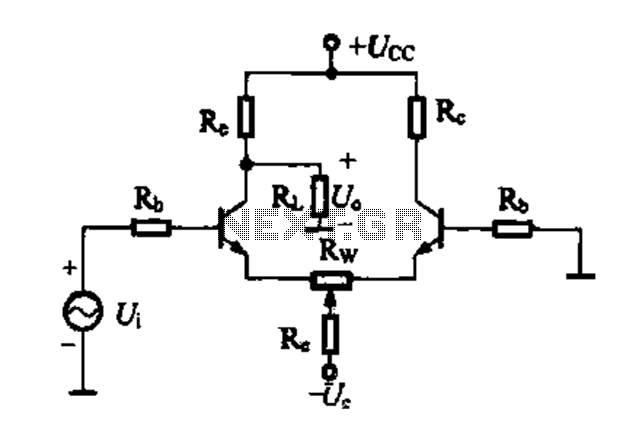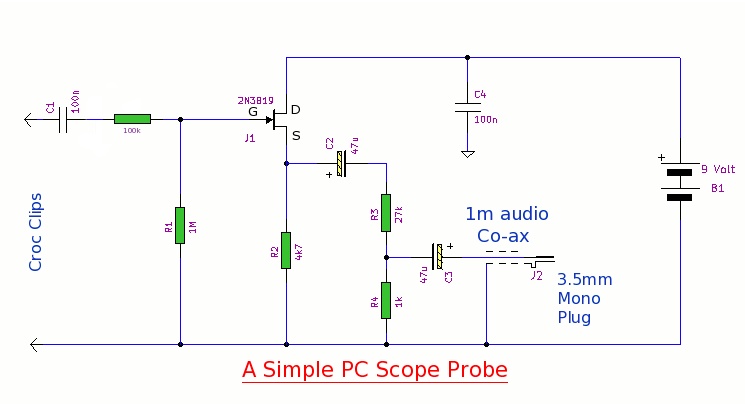
nimh and nicd battery charger circuit
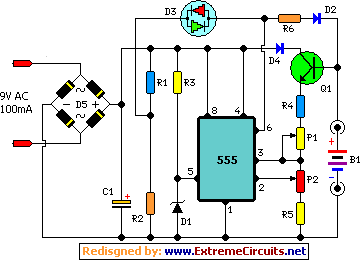
This automatic NiCd charger for 9V NiCd batteries utilizes the properties of a 555 timer and is straightforward to construct. The design allows for continuous charging of the battery without the risk of overcharging or discharging. With the specified values in the circuit diagram, this NiCd charger is compatible with both 6V and 9V batteries.
The circuit employs a 555 timer configured in astable mode to regulate the charging process. The timer generates a pulse-width modulated (PWM) signal that controls a power transistor, which in turn manages the current flowing to the NiCd battery. This PWM technique ensures that the charging current is kept within safe limits, preventing damage to the battery.
Key components include resistors and capacitors that set the frequency and duty cycle of the 555 timer. The output from the timer is connected to the base of a transistor, which acts as a switch. When the PWM signal is high, the transistor allows current to flow to the battery, charging it. When the battery reaches its full charge, the circuit automatically reduces the charging current, thus preventing overcharging.
Additional features may include a diode to prevent reverse current flow from the battery to the charger, ensuring that the battery remains charged and ready for use. An LED indicator can also be integrated into the circuit to provide a visual cue when the battery is charging.
This design is particularly beneficial for applications requiring reliable and maintenance-free battery charging, making it suitable for various electronic devices that utilize NiCd batteries. The simplicity of the circuit allows for easy assembly and troubleshooting, making it an ideal choice for both hobbyists and professionals in the field of electronics.This automatic NiCd charger for 9V NiCd batteries is using 555 timer properties and is very easy to build. Why is an automatic 9 volts NiCd battery charger? Because you can leave the battery for charging as much as you like: it will be always completely charged and ready for use when is needed.
It wont be overcharged and it will not discharge. With the values presented in the circuit diagram, the battery charger NiCd circuit is suitable for 6V and 9V batteries.. 🔗 External reference
The circuit employs a 555 timer configured in astable mode to regulate the charging process. The timer generates a pulse-width modulated (PWM) signal that controls a power transistor, which in turn manages the current flowing to the NiCd battery. This PWM technique ensures that the charging current is kept within safe limits, preventing damage to the battery.
Key components include resistors and capacitors that set the frequency and duty cycle of the 555 timer. The output from the timer is connected to the base of a transistor, which acts as a switch. When the PWM signal is high, the transistor allows current to flow to the battery, charging it. When the battery reaches its full charge, the circuit automatically reduces the charging current, thus preventing overcharging.
Additional features may include a diode to prevent reverse current flow from the battery to the charger, ensuring that the battery remains charged and ready for use. An LED indicator can also be integrated into the circuit to provide a visual cue when the battery is charging.
This design is particularly beneficial for applications requiring reliable and maintenance-free battery charging, making it suitable for various electronic devices that utilize NiCd batteries. The simplicity of the circuit allows for easy assembly and troubleshooting, making it an ideal choice for both hobbyists and professionals in the field of electronics.This automatic NiCd charger for 9V NiCd batteries is using 555 timer properties and is very easy to build. Why is an automatic 9 volts NiCd battery charger? Because you can leave the battery for charging as much as you like: it will be always completely charged and ready for use when is needed.
It wont be overcharged and it will not discharge. With the values presented in the circuit diagram, the battery charger NiCd circuit is suitable for 6V and 9V batteries.. 🔗 External reference
